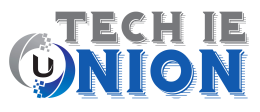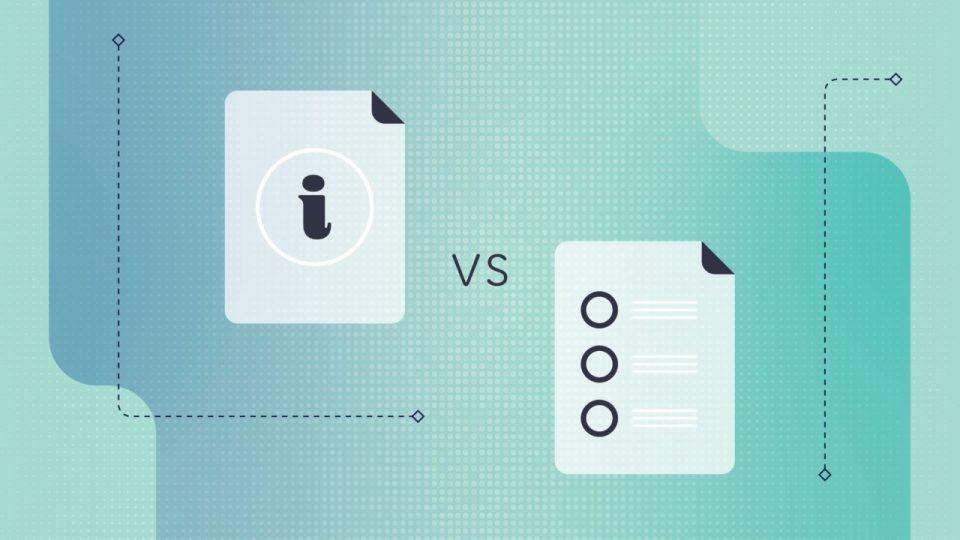Procurement is a critical process for organizations, involving the acquisition of goods, services, or works from external sources. To ensure effective procurement, a strategic approach is essential, and a key part of this strategy is choosing the right tools for engaging with potential suppliers. Two common tools used in procurement are the Request for Information (RFI) and the Request for Proposal (RFP). Understanding when to use each tool is crucial for optimizing your procurement process and achieving desired outcomes. The rfi vs rfp differentiation would help you a lot there.
Understanding the Purpose of RFI and RFP
An RFI, or Request for Information, functions as a preliminary fact-finding mission. It’s deployed to explore the capabilities of potential suppliers without any commitment to purchase. Think of it as a broad net cast to understand the market landscape, available technologies, or potential service providers. The goal is to gather data used for informed decision-making during the initial stages of procurement, helping organizations understand their options before committing to a specific course of action. In contrast, an RFP, or Request for Proposal, is deployed when a specific need has been identified. It’s a formal invitation to suppliers to propose solutions tailored to the organization’s requirements. The document explicitly outlines the organization’s needs, desired outcomes, and evaluation criteria. Suppliers respond with detailed proposals that encompass their proposed solution, including pricing structures, implementation timelines, and project methodologies. Unlike an RFI, an RFP signals a clear intent to purchase and serves as the foundation for selecting a vendor and negotiating a contract.
An RFI is best used when the organization is:
Exploring new markets or technologies: When entering a new market or considering adopting a new technology, an RFI can help gather information about potential suppliers and their offerings.
Defining requirements: If the organization is unsure about its specific requirements or needs, an RFI can help gather input from suppliers to clarify and refine those requirements.
Identifying potential suppliers: An RFI can be used to identify a pool of potential suppliers who may be qualified to meet the organization’s needs.
Gathering market intelligence: An RFI can provide valuable insights into market trends, pricing, and competitive landscape.
When to Use an RFP
An RFP is best used when the organization is:
Ready to solicit formal proposals: When the organization has a clear understanding of its requirements and is ready to solicit formal proposals from potential suppliers.
Seeking a specific solution: When the organization is seeking a specific solution to a defined problem or need.
Evaluating suppliers based on multiple criteria: When the organization wants to evaluate suppliers based on a range of criteria, such as technical capabilities, experience, pricing, and service levels.
Negotiating contracts: When the organization is prepared to negotiate contracts with selected suppliers based on their proposals.
Optimizing Your Procurement Approach
By understanding the purpose of RFI and RFP and when to use each tool, organizations can optimize their procurement approach, improve supplier engagement, and achieve better outcomes. RFIs are useful for gathering information, exploring options, and refining requirements, while RFPs are used to solicit proposals, evaluate suppliers, and negotiate contracts.

